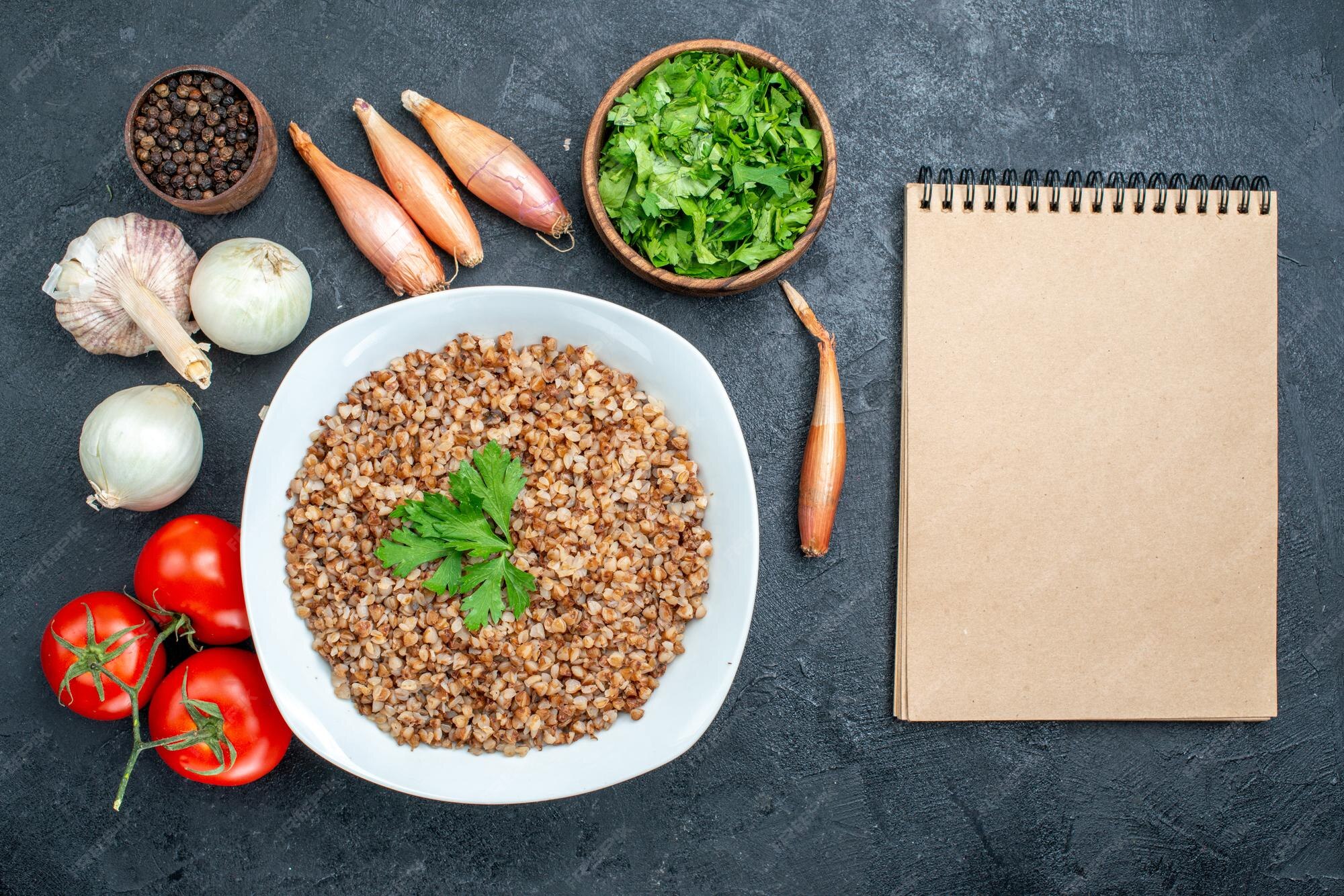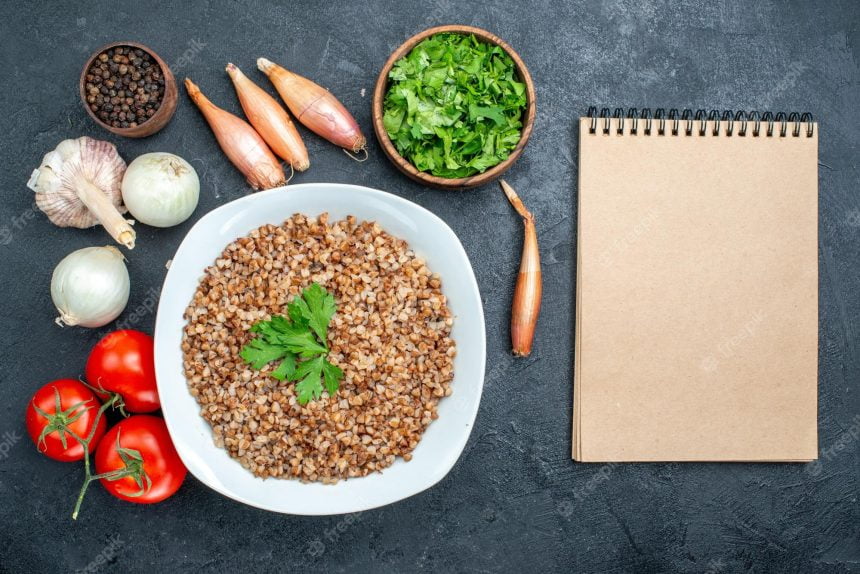
Introduction:
Endometriosis is a common and often painful condition that affects many women around the world. While there is no cure for endometriosis, managing the symptoms through lifestyle choices, including a healthy diet, can make a significant difference in the quality of life for those living with this condition. In this article, we will explore some nourishing solutions and wholesome recipes that can help manage endometriosis symptoms and promote overall well-being.
- The Importance of a Healthy Diet: A healthy diet plays a crucial role in managing endometriosis. It can help reduce inflammation, balance hormones, and support the immune system. Here are some key components of a diet for managing endometriosis:
a. Anti-Inflammatory Foods: Inflammation is a common feature of endometriosis. Including foods with anti-inflammatory properties can help alleviate symptoms. Examples of such foods include fatty fish (salmon, mackerel), leafy green vegetables (kale, spinach), turmeric, ginger, and berries.
b. Fiber-Rich Foods: A diet rich in fiber aids in digestion, regulates hormones, and promotes overall gut health. Whole grains, legumes, fruits, and vegetables are excellent sources of dietary fiber that can be beneficial for women with endometriosis.
c. Omega-3 Fatty Acids: Omega-3 fatty acids possess anti-inflammatory properties and can help alleviate pain associated with endometriosis. Incorporating foods like walnuts, flaxseeds, chia seeds, and avocados into the diet can provide a good dose of these beneficial fats.
- Wholesome Recipes for Managing Endometriosis:
a. Roasted Salmon with Turmeric and Greens: Ingredients:
- 2 salmon fillets
- 1 teaspoon turmeric powder
- 2 tablespoons olive oil
- Salt and pepper to taste
- Mixed greens (kale, spinach, arugula)
- Lemon wedges for garnish
Instructions:
- Preheat the oven to 400°F (200°C).
- Place the salmon fillets on a baking sheet lined with parchment paper.
- In a small bowl, mix turmeric powder, olive oil, salt, and pepper.
- Brush the turmeric mixture over the salmon fillets.
- Roast the salmon in the preheated oven for 12-15 minutes or until cooked through.
- In a separate bowl, toss the mixed greens with olive oil, lemon juice, salt, and pepper.
- Serve the roasted salmon on a bed of mixed greens. Garnish with lemon wedges.
b. Quinoa and Vegetable Stir-Fry: Ingredients:
- 1 cup quinoa
- 2 cups water
- 1 tablespoon olive oil
- 1 onion, diced
- 2 cloves garlic, minced
- Assorted vegetables (bell peppers, broccoli, carrots), chopped
- 2 tablespoons low-sodium soy sauce
- Salt and pepper to taste
Instructions:
- Rinse quinoa under cold water and drain.
- In a saucepan, bring water to a boil. Add quinoa, reduce heat, cover, and simmer for 15-20 minutes or until the water is absorbed and quinoa is cooked.
- In a large skillet, heat olive oil over medium heat.
- Add diced onion and minced garlic. Sauté until fragrant and golden brown.
- Add the chopped vegetables to the skillet and cook until tender-crisp.
- Stir in the cooked quinoa and soy sauce. Season with salt and pepper to taste.
- Cook for an additional 2-3 minutes, allowing the flavors to meld together.
- Serve the quinoa and vegetable stir-fry hot.
Conclusion:
While a healthy diet alone may not cure endometriosis, it can significantly contribute to managing the symptoms and improving overall well-being. Incorporating anti-inflammatory foods, fiber-rich ingredients, and omega-3 fatty acids into your meals can have a positive impact. Try out these nourishing recipes and explore other wholesome options to create a diet that works best for you. Remember to consult with a healthcare professional or a registered dietitian for personalized advice and guidance on managing endometriosis through diet.







